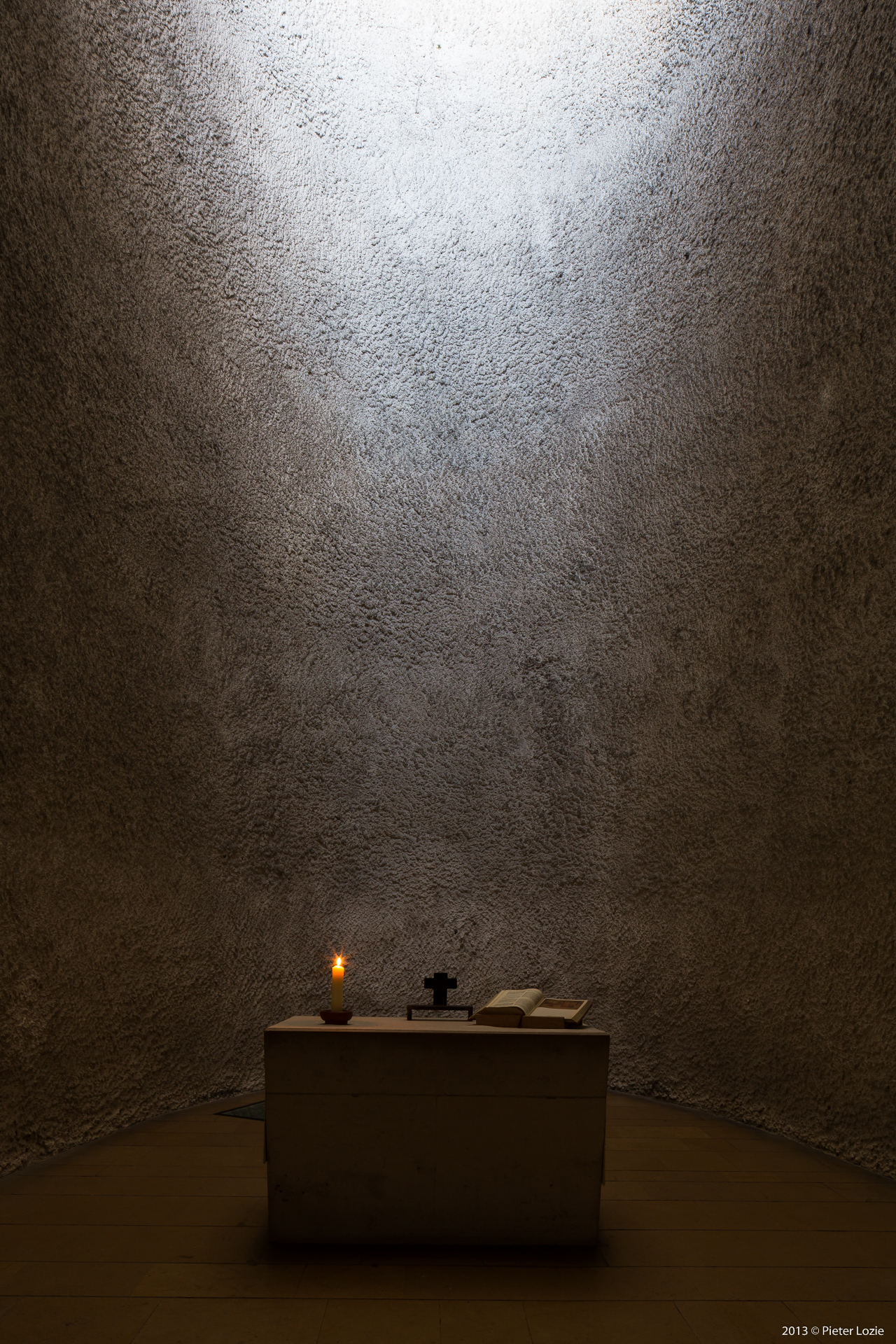
It attracts large numbers of Christian pilgrims, many of whom come to venerate its famous relic, the Sancta Camisa, said to be the tunic worn by the Virgin Mary at Christ's birth, as well as large numbers of secular tourists who come to admire the cathedral's architecture and art. Since at least the 12th century the cathedral has been an important destination for travellers. Equally notable are the three great façades, each adorned with hundreds of sculpted figures illustrating key theological themes and narratives.

The building's exterior is dominated by heavy flying buttresses which allowed the architects to increase the window size significantly, while the west end is dominated by two contrasting spires – a 105-metre (349 ft) plain pyramid completed around 1160 and a 113-metre (377 ft) early 16th-century Flamboyant spire on top of an older tower.

#NOTRE DAME DE HAUT ARCHITECTURAL DIAGRAMS WINDOWS#
The cathedral is well-preserved and well-restored: the majority of the original stained glass windows survive intact, while the architecture has seen only minor changes since the early 13th century. Long renowned as "one of the most beautiful and historically significant cathedrals in all of Europe," it was designated a World Heritage Site by UNESCO in 1979, which called it "the high point of French Gothic art" and a "masterpiece". It stands on Romanesque basements, while its north spire is more recent (1507–1513) and is built in the more ornate Flamboyant style. It is one of the best-known and most influential examples of High Gothic and Classic Gothic architecture,

Mostly constructed between 11, it stands on the site of at least five cathedrals that have occupied the site since the Diocese of Chartres was formed as an episcopal see in the 4th century. Chartres Cathedral, also known as the Cathedral of Our Lady of Chartres ( French: Cathédrale Notre-Dame de Chartres), is a Catholic church in Chartres, France, about 80 km (50 miles) southwest of Paris, and is the seat of the Bishop of Chartres.


 0 kommentar(er)
0 kommentar(er)
